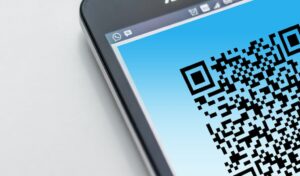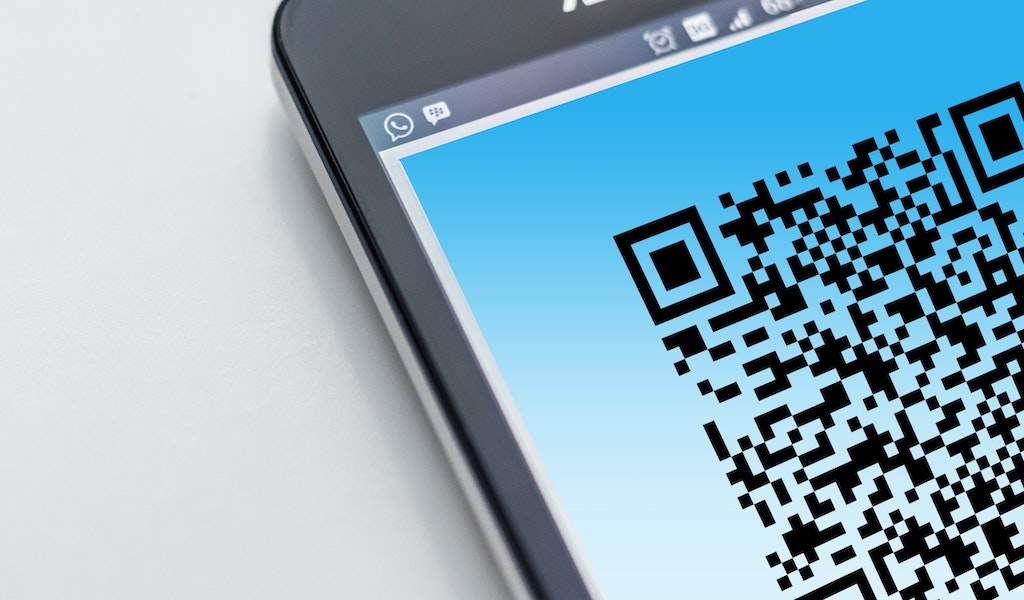 My first in-restaurant dining experience since the start of the pandemic probably looked a lot like yours.
My first in-restaurant dining experience since the start of the pandemic probably looked a lot like yours.
Tables were spaced extra far apart, and partitions were added between booths as an extra layer of protection. Anyone waiting to be seated had to do so outside, and once in, everyone was masked, unless of course you were eating.
I couldn’t help but notice every little detail, since it was a far different experience from my last time in a restaurant back in March 2020.
Given where we’ve been, none of it was a surprise. Except one thing. As we were seated, the hostess asked us to scan a QR (quick response) code to access the menu.
As a marketer, I’ve always been interested in the potential of these square barcodes; but as a consumer, the experience had always fallen short. Using one required yet another downloaded app, and any I tried were glitchy and unreliable. On top of that, using one felt like an unnecessary extra step; yet another way to capture my information and track my activity without offering me an easier, faster way of doing something.
But replacing my physical menu with an easy-to-use QR code that took me to a mobile-friendly menu started to change my mind.
Thanks to their contactless nature, a number of industries are contributing to the resurgence of this mobile technology by utilizing them for a variety of purposes. Plus, smartphone technology has advanced, allowing people to use the built-in cameras on their phones to scan a QR code, eliminating the need for a QR code reader app.
Here are a few places where you might be seeing more of these scannable squares.
In restaurants
In turns out my first QR code dining experience was not unique. The second restaurant we went to handled menus the same way. So did the third.
It seems diners are loving this easy way to not just browse the menu, but in some cases order their food and pay the bill with minimal exposure to restaurant staff and shared equipment. Restaurants are benefiting as well. Digital menus save restaurants on printing costs and give them the flexibility to change menu content more frequently, add photos and include additional detail that might not fit on a printed menu.
A survey by QSR Web found that 44 percent of diners value convenience and ease as the most important factors when ordering and paying for food. So, while the return of the paper menu will likely happen in many establishments, it is also likely that the QR code is here to stay for many others.
At sporting events, concerts or other ticketed events
A growing number of live events are utilizing QR codes as your ticket to entry. Not only do they eliminate the waste of paper tickets, this quick and consistent form of ticketing helps speed up the process of entering the venue.
Once inside, stadiums, arenas and other event venues are finding unique ways to utilize the technology. For example, fans at Duluth Huskies baseball games can now scan a QR code when they enter their section, which will take them to the concession stand’s menu. Once they place their order, the concession stand will place everything in a curbside delivery bag for easy pick-up, eliminating the need to wait in lengthy lines during the game.
On your next trip
There’s a good chance that the next flight you book will come with a QR code to scan at check-in, security, and as you board the plane. Hotels are utilizing the technology in lieu of paper brochures and travel guides, to collect guest feedback and inside elevators to share updates and notices. If you plan on visiting a local museum, you might very well find QR codes alongside exhibits to provide additional information, videos and enhance a self-guided tour.
The travel industry is also navigating the eventual need for some form of standard medical documentation that travelers can use to prove they have been vaccinated. Such a system could be used across the traveler’s experience, from boarding flights, to hotel check-ins, to visiting local tourist attractions and public events. There are a number of issues surrounding the standardization and implementation of a “vaccination passport” QR code, but the idea is gaining momentum as more restrictions are lifted and more vaccinated individuals are ready to travel.
During your next shopping spree
Many retailers are utilizing QR codes in signage, advertisements and environmental graphics to drive shoppers not just to their website, but to their social media channels. Selling on social channels is quickly gaining popularity since it is often a quick, one-click process for shoppers that are highly engaged with the brand. Driving shoppers to those specific landing pages can be challenging, which is where the QR code comes in handy.
As QR codes continue to become more mainstream again, marketers will need to assess their strategies to determine if and how QR codes fit. If used correctly and creatively, they can be effective tools to help drive sales and enhance the customer experience.


